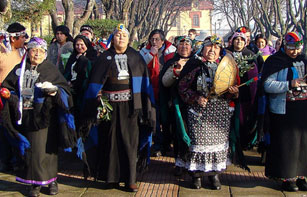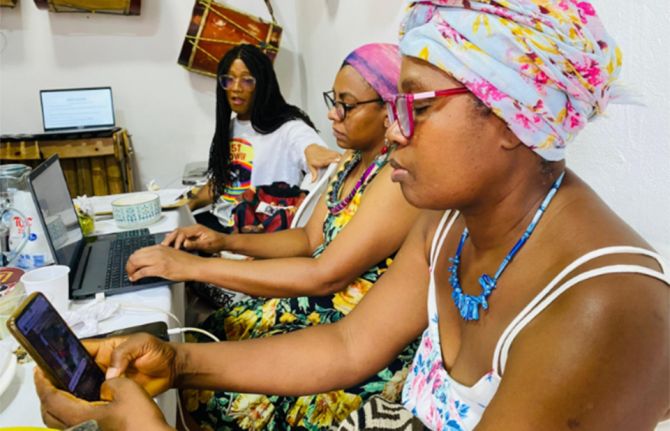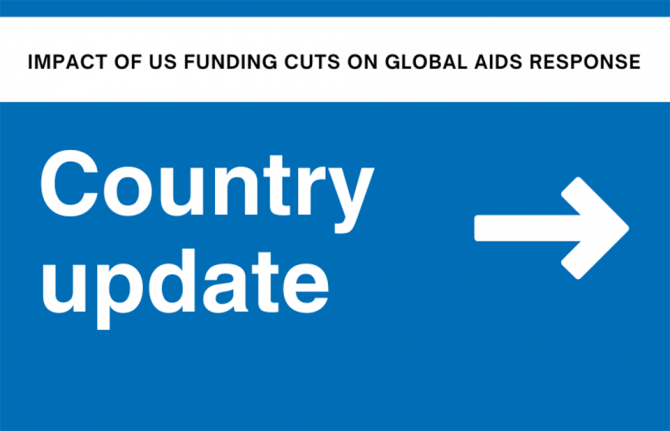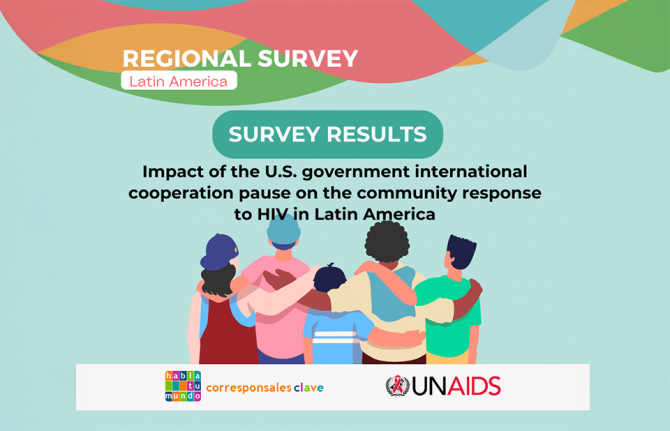
Feature Story
“Solutions that work for us”: Indigenous people tackle HIV in South America
09 August 2011
09 August 2011 09 August 2011
The TRAWUN included communities outside the Mapuche people and welcomed other Chilean participants from the Aimara, Diaguita and Quechua people as well as international guests.
Credit: UNAIDS
Ahead of the International Day of the World's Indigenous People, celebrated 9 August, communities and associations of indigenous people living with HIV from several Latin American countries met for the “TRAWUN HIV and traditional health from a cultural diversity approach,” in Lautaro Commune, Chile.
This ‘TRAWUN,’ the term for Great Council in Mapudungun, an indigenous language to Chile, was organized to show the advances achieved in integrating HIV as an issue within the Mapuche community. For the first time, the TRAWUN included communities outside the Mapuche people and welcomed other Chilean participants from the Aimara, Diaguita and Quechua people as well as international guests from the Zapoteca in Mexico, the Chiquitano from Bolivia and the Waranka from Ecuador.
“This is a pioneering partnership in the region,” said Dr Annabella Arredondo, UNAIDS Coordinator in Chile. “Indigenous leaders are key allies in the response to HIV in the whole of Latin America, as it is one of the populations that need a culturally appropriate work to include prevention.”
The leaders of different Mapuche groupings have acknowledged HIV as a challenge in their communities and have undertaken different activities to prevent new HIV infections. Among the Mapuche, culture, tradition and knowledge is passed on to the next generation through elderly women, and the Trawun explored if information about HIV prevention could follow the same route.
Indigenous leaders are key allies in the response to HIV in the whole of Latin America, as it is one of the populations that need a culturally appropriate work to include prevention
Dr Annabella Arredondo, UNAIDS Coordinator in Chile
According to the participants, there is a lack of information about HIV among the indigenous peoples in Chile, a problem they share with other Latin American countries.
Indigenous people have particular vulnerabilities to acquiring HIV, as many of the key risk factors that make individuals and communities vulnerable to HIV are present in large numbers of indigenous populations around the world. Some examples of this include marginalization, poor health in general, low literacy rates, limited access to health care, as well as high prevalence of injecting drug use and alcohol consumption.
“The situation of poverty, marginalization, stigma and discrimination in which indigenous communities live, put many people at higher risk of HIV infection,” said Amaranta Gómez Regalado, from Binni Laanu Juchitán, Mexico. Other key issues raised during the TRAWUN focused on sexual and cultural diversity and identity as well as the most appropriate way to include HIV prevention among the communities.
“For many years, we have fought a long battle against HIV in the region,” said Santiago Flores, President of Smiths for Life Rancagua, an institution renowned for its advocacy for human rights for people living with HIV. “Thanks to many joint efforts and volunteer work, we have positioned HIV within public policy and helped different groups and individuals, be it people living with HIV or their family and friends.”



